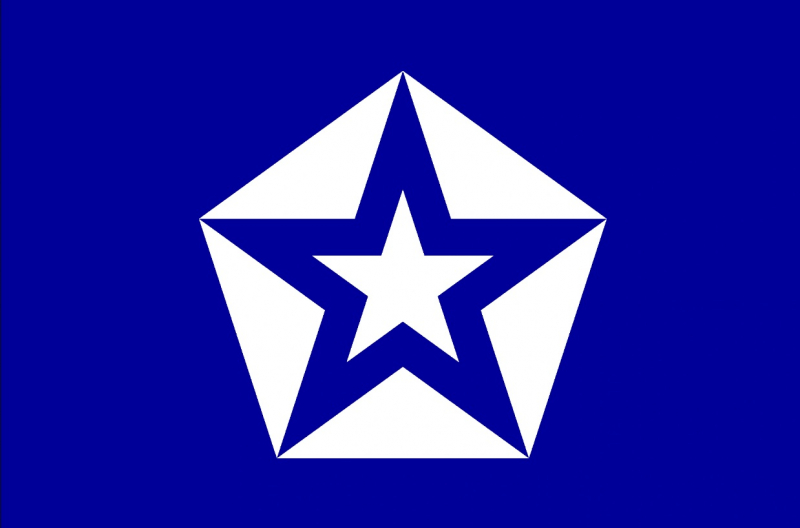He was the League of Nations' chief architect
The League of Nations was the first global intergovernmental organization whose primary goal was to keep the globe at peace. The Paris Peace Conference that ended World War I was established on January 10, 1920. The main organization was decommissioned on April 20, 1946, but many of its components were transferred to the new United Nations. The Covenant stated the League's key goals. They included collective security and disarmament to avert wars, as well as dialogue and arbitration to settle international problems. Other issues included work conditions, the treatment of indigenous peoples, human and drug trafficking, the arms trade, global health, prisoners of war, and the protection of European minorities.
The League of Nations Covenant was signed on June 28, 1919, as Part I of the Treaty of Versailles, and it went into force on January 10, 1920, together with the rest of the Treaty. The League's Council met for the first time on January 16, 1920, and the League's Assembly met for the first time on November 15, 1920. In 1919, US President Woodrow Wilson was awarded the Nobel Peace Prize for his role as the League of Nations' chief architect.
American President Woodrow Wilson directed Edward M. House to create a United States plan that incorporated Wilson's own idealistic beliefs as well as the work of the Phillimore Commission. The outcome of House's work, as well as Wilson's first draft, suggested the abolition of "unethical" state activities, such as espionage and dishonesty. Compulsion against obstinate powers would entail harsh measures such as blockading and closing the frontiers of that power to commerce or intercourse with any section of the world and using any force that may be necessary.
Despite Wilson's attempts to organize and promote the League, for which he was given the Nobel Peace Prize in October 1919, the League was never established. The League's first permanent home was the Palais Wilson on Geneva's western lakeside, named for Woodrow Wilson.










